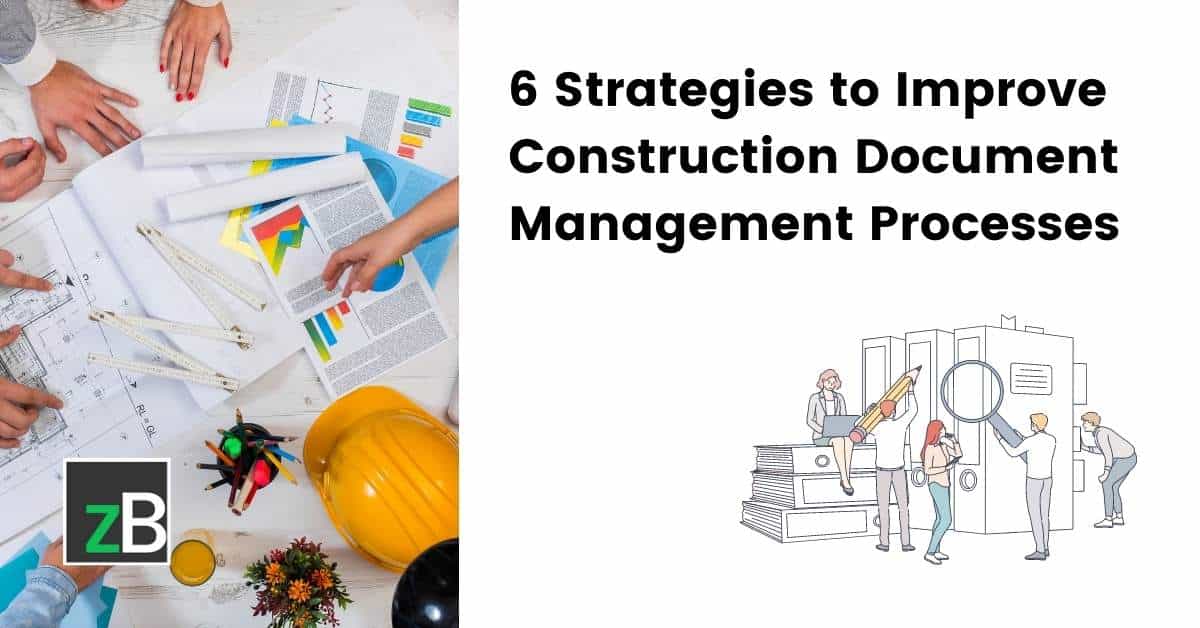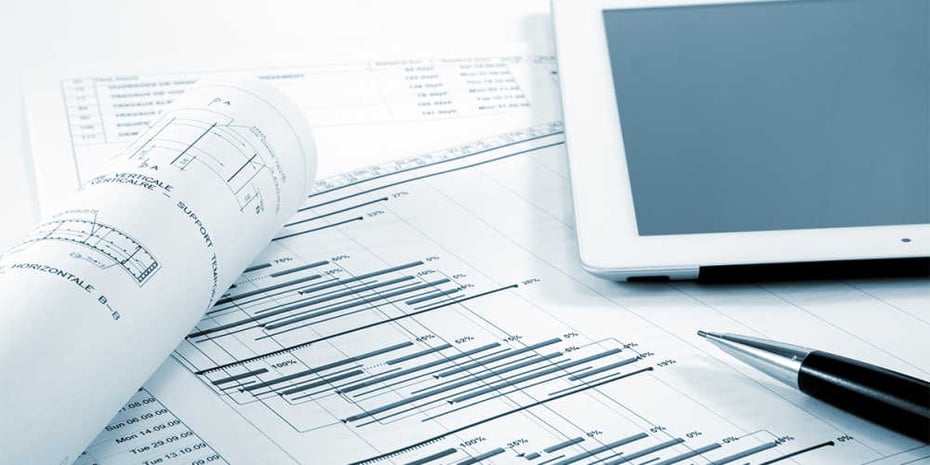Boost Your Job Management: Construction Document Management Equipment You Need
Boost Your Job Management: Construction Document Management Equipment You Need
Blog Article
Enhancing Workflow Effectiveness: Engineer's Professional Techniques for Building And Construction Record Monitoring
In the realm of building design and building and construction, the careful management of papers stands as a cornerstone for project success. Engineers utilize different approaches to boost workflow efficiency and improve construction document management procedures. From skilled company techniques to the combination of joint systems and the implementation of protected information management options, engineers navigate an intricate landscape of tools and methods. However, in the middle of this complexity, a choose few specialist methods have actually become vital in maximizing workflow efficiency. These techniques not only guarantee smooth job progression but additionally hold the vital to opening enhanced productivity and precision in the detailed realm of construction record monitoring.
Key Document Company Techniques
When managing building and construction documents, one of the vital strategies that architects employ is developing a effective and systematic company system. This system normally involves classifying documents based upon their type, such as drawings, specifications, agreements, and permits. By developing unique and clear classifications, architects can rapidly locate specific information when needed, saving time and minimizing mistakes in the building procedure.
Within each classification, designers further organize files by producing subfolders or utilizing numbering systems to represent variations or modifications (construction document management). This ordered structure makes certain that one of the most relevant and existing information is conveniently available while keeping a document of adjustments made throughout the job timeline
In addition, designers usually use digital file monitoring systems that supply attributes like keyword search functions, variation control, and access constraints to boost company and partnership among job stakeholders. These devices streamline the file access process, advertise real-time updates, and help with smooth interaction, ultimately contributing to the total success of the building and construction task.
Collaborative Platform Combination
To optimize document management performance in building projects, designers flawlessly integrate collaborative systems to improve interaction and improve sychronisation amongst project stakeholders. By leveraging joint platforms such as project monitoring software application, cloud-based storage systems, and communication tools, engineers can develop a centralized center for all project-related papers and communication networks. These platforms permit employee to access, testimonial, and collaborate on papers in real-time, decreasing delays and the danger of mistakes related to typical record monitoring methods.
Collective platform assimilation additionally promotes transparency and accountability within the project team, as all stakeholders have visibility right into the most up to date task updates and modifications. By streamlining communication and record sharing, architects can guarantee that all group members are functioning from one of the most up-to-date information, decreasing the chances of disputes or misconceptions occurring due to obsolete files.
Moreover, joint systems enable smooth partnership in between architects, contractors, customers, and other job stakeholders, advertising a much more natural and effective job process. By breaking down interaction barriers and facilitating details exchange, architects can drive productivity and development in Get More Information construction jobs, eventually causing effective project results.
Variation Control Finest Practices
Executing efficient version control practices is important for preserving document precision and uniformity in construction jobs. By developing a clear system for handling alterations, job teams can make sure that everybody is working from one of the most current documentation, minimizing the danger of errors and inconsistencies during the construction phase.
One of the crucial finest methods for version control is to designate special identifiers per file variation. This can be achieved by utilizing a numbering system or day stamp that clearly indicates the order of modifications. By plainly classifying each model, staff member can quickly track the development of the document and recognize one of the most current version.

Automation Devices for Efficiency

Paper control software, like Procore or PlanGrid, systematizes job paperwork, making it conveniently available to all stakeholders. These systems permit real-time collaboration, variation control, and automated back-ups, safeguarding versus data loss. Additionally, Structure Info Modeling (BIM) software program automates the generation of building and construction illustrations and guarantees that modifications are integrated throughout all relevant papers.
Integrating automation devices with cloud storage space solutions even more enhances accessibility and safety. By automating the record management process, task groups can focus their effort and check this time on value-adding tasks, inevitably improving productivity and task results.
Secure Data Administration Solutions
Efficiently safeguarding and handling task information is critical in the building industry to make sure discretion and stability throughout the task lifecycle. Protected data monitoring remedies click here now play an important function in protecting sensitive information from unauthorized accessibility or violations. Architectural companies can use encrypted cloud storage solutions to securely keep and share job records with authorized employees. Applying accessibility controls, such as customer verification and authorization settings, makes certain that only licensed people can see or customize delicate information.
In addition, utilizing electronic civil liberties monitoring (DRM) tools adds an added layer of safety by avoiding the unapproved distribution or duplication of project documents. Regular information back-ups are vital to mitigate the danger of data loss as a result of unforeseen circumstances like hardware failings or cyber-attacks. Collective systems with built-in safety attributes make it possible for smooth communication and documents sharing amongst task staff member while maintaining information honesty.
Conclusion
Finally, implementing key record company techniques, integrating collaborative systems, practicing version control finest methods, using automation tools, and taking on safe information administration remedies are necessary strategies for boosting operations efficiency in construction paper management. These expert methods can enhance processes, boost communication, guarantee precision, and maintain data protection throughout the building and construction job lifecycle.
In the world of architectural layout and construction, the thorough monitoring of papers stands as a cornerstone for job success. These approaches not just guarantee smooth task progression however likewise hold the crucial to unlocking enhanced performance and accuracy in the complex world of building and construction document management.
To enhance document monitoring efficiency in construction projects, architects effortlessly incorporate joint platforms to improve interaction and enhance coordination among task stakeholders. These systems enable team participants to gain access to, review, and work together on records in real-time, decreasing hold-ups and the threat of mistakes linked with traditional record monitoring approaches.
Using automation tools in building and construction paper monitoring dramatically boosts efficiency and streamlines processes for project groups. construction document management.
Report this page